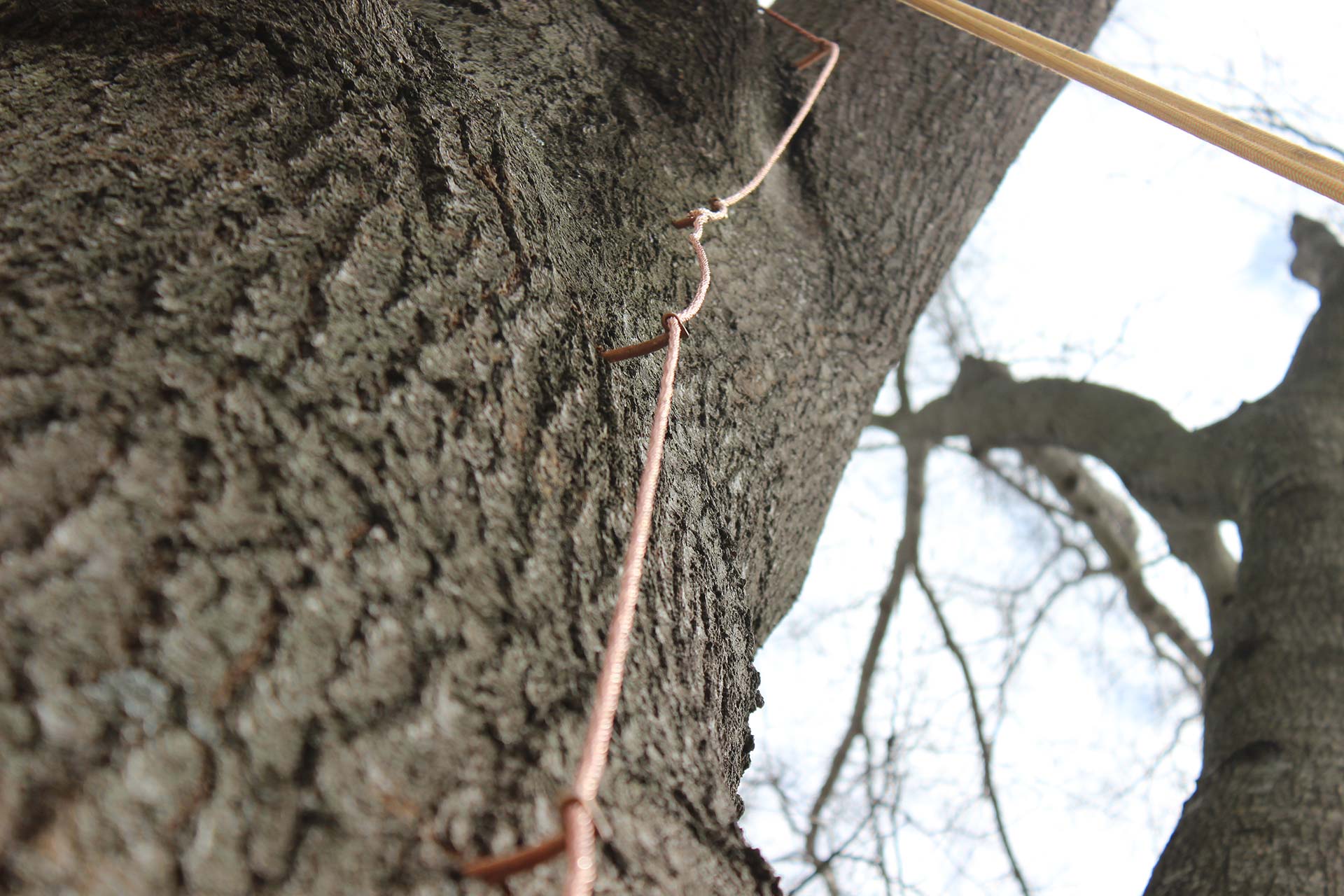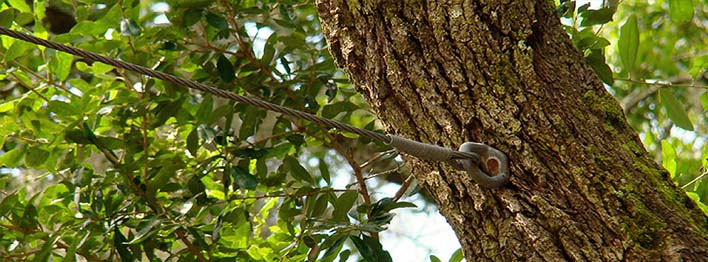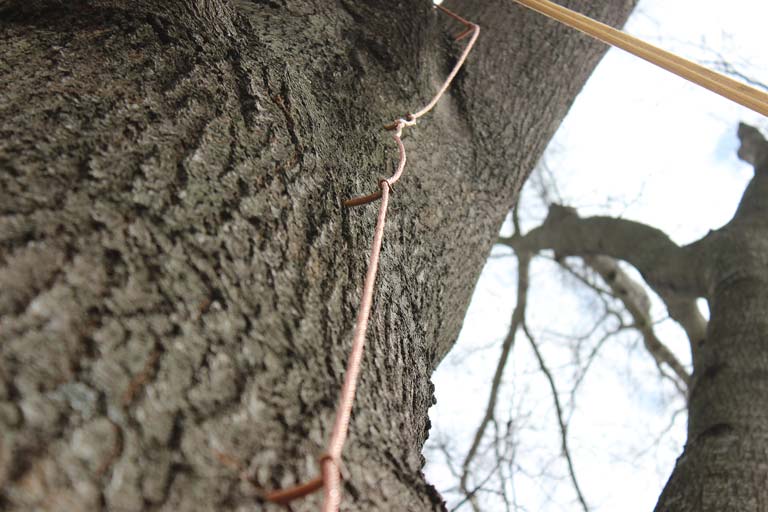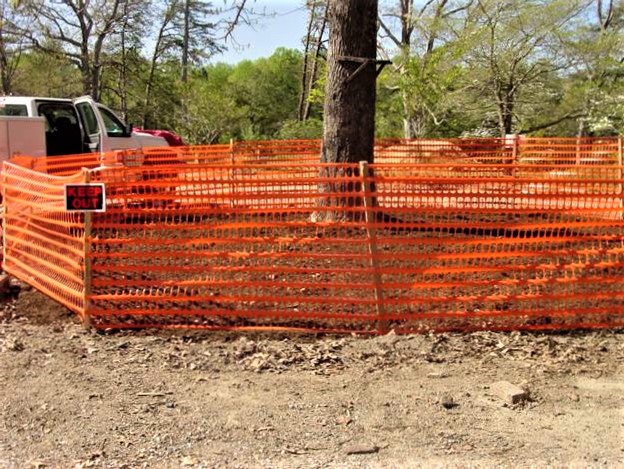
Tree Protection
We understand that trees need to be removed for various reason, and when they do, we can help, but we are passionate about saving and protecting trees. Whether you are working on a construction project that may cause harm to the root system or are concerned with a structural defect, there are options and we are here to help.


